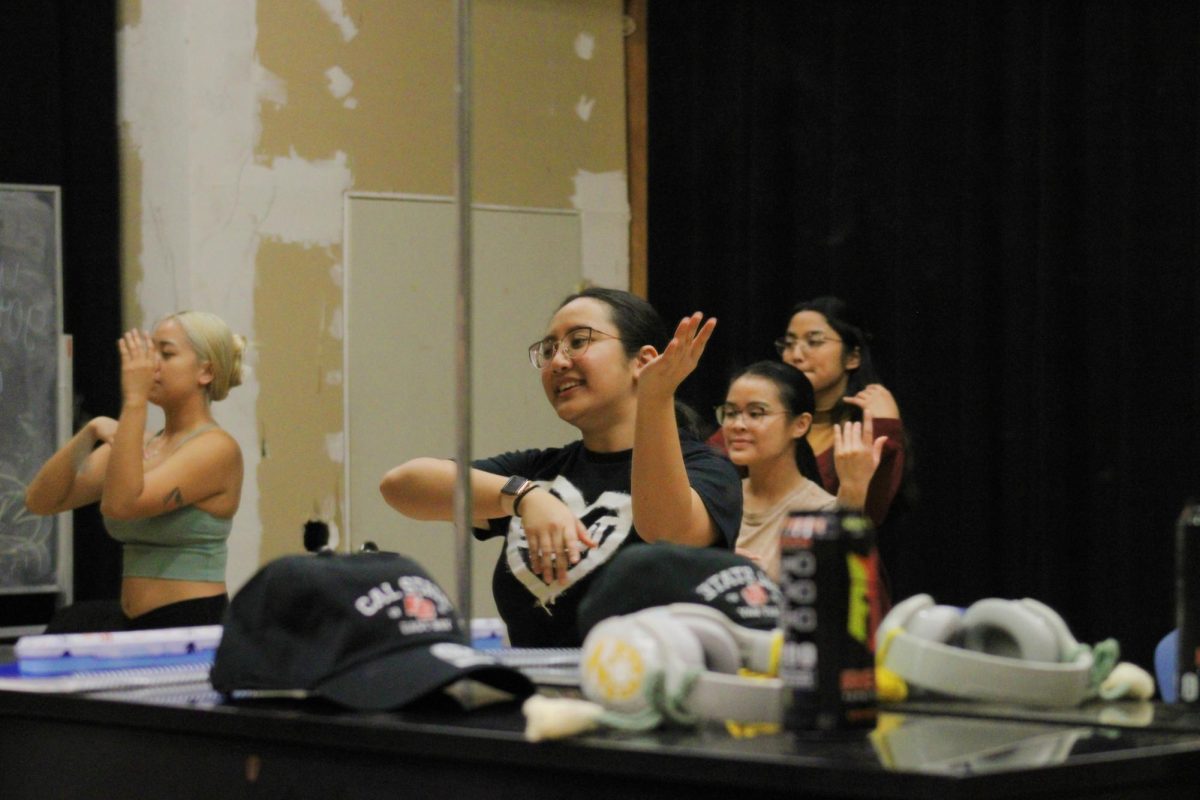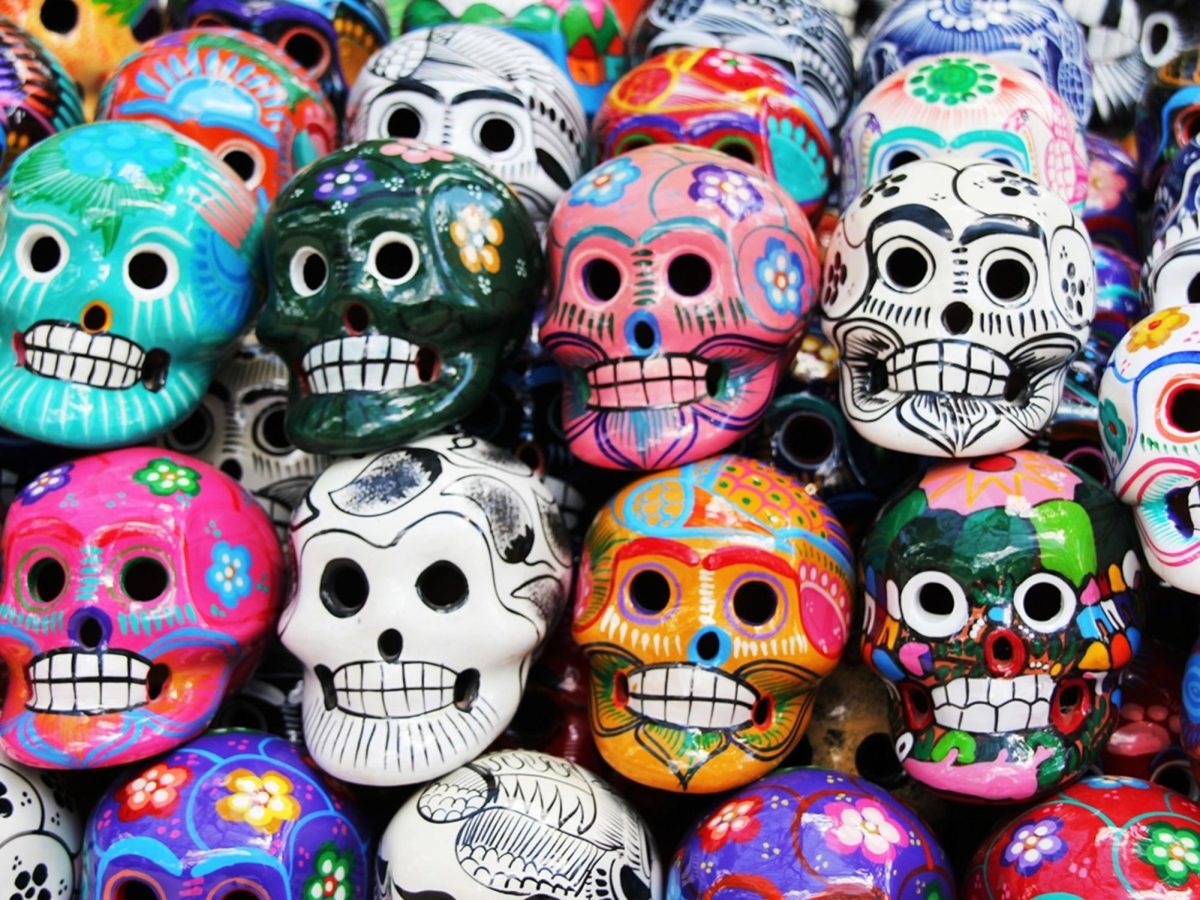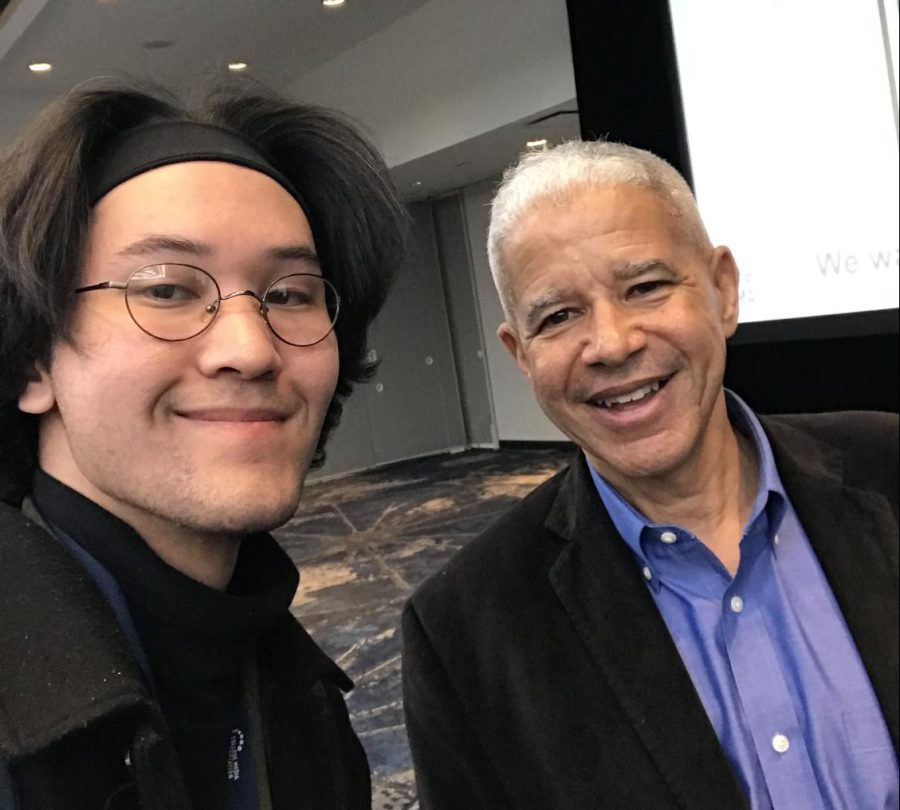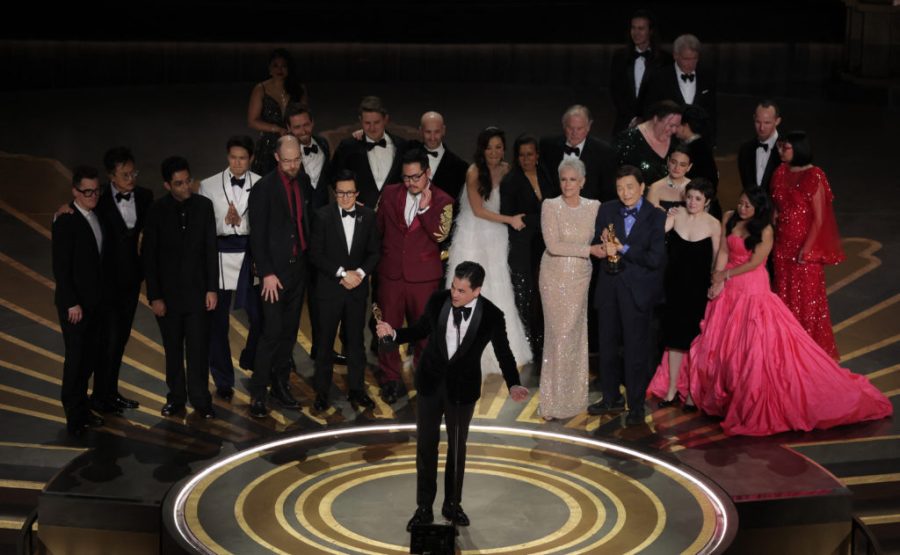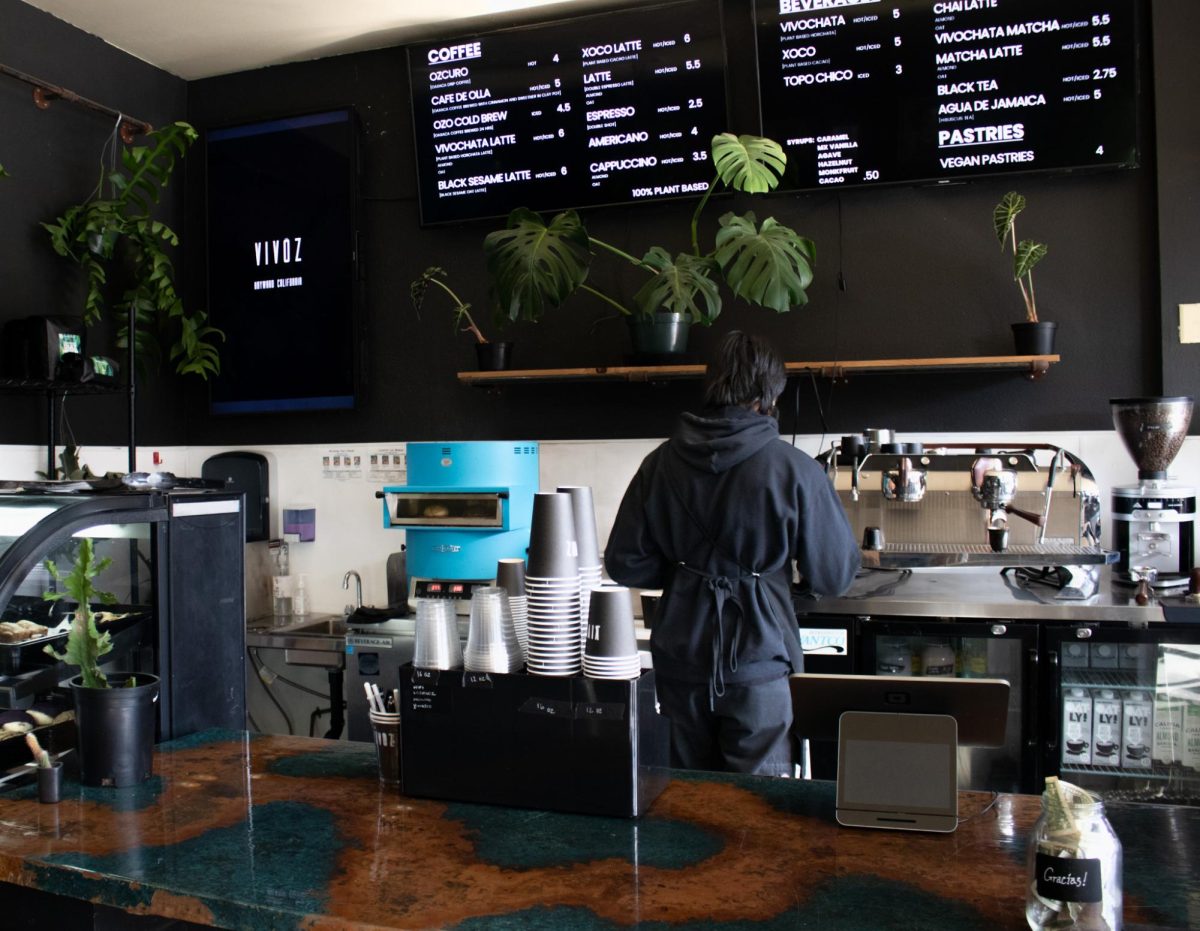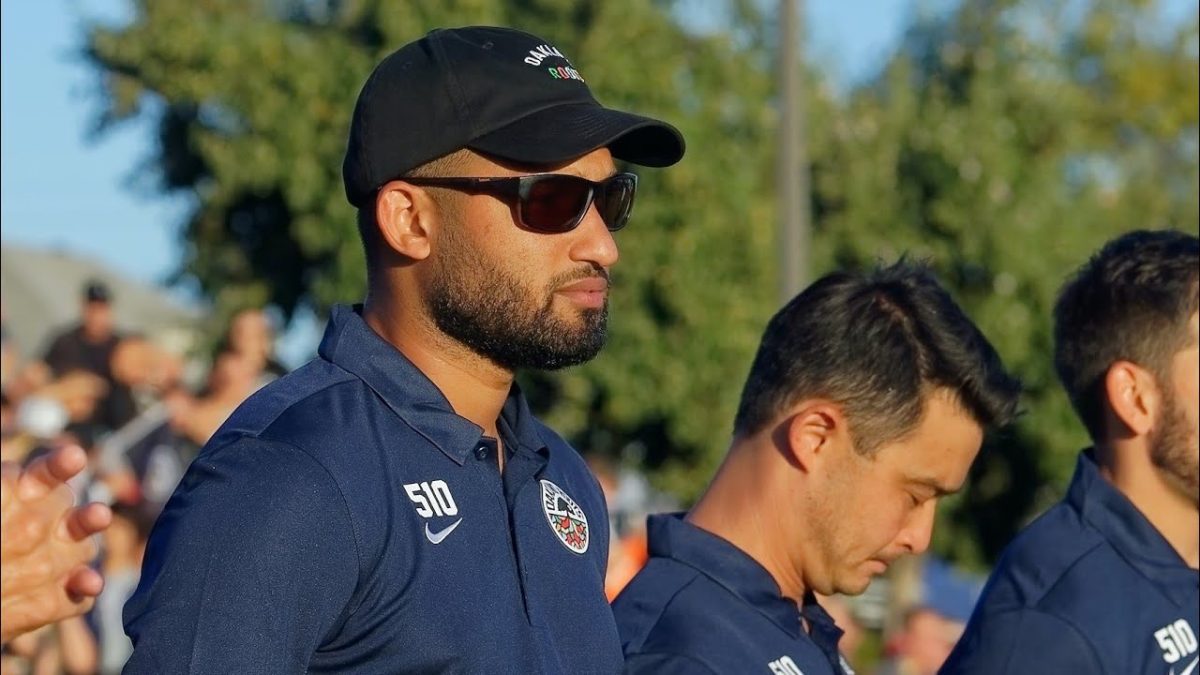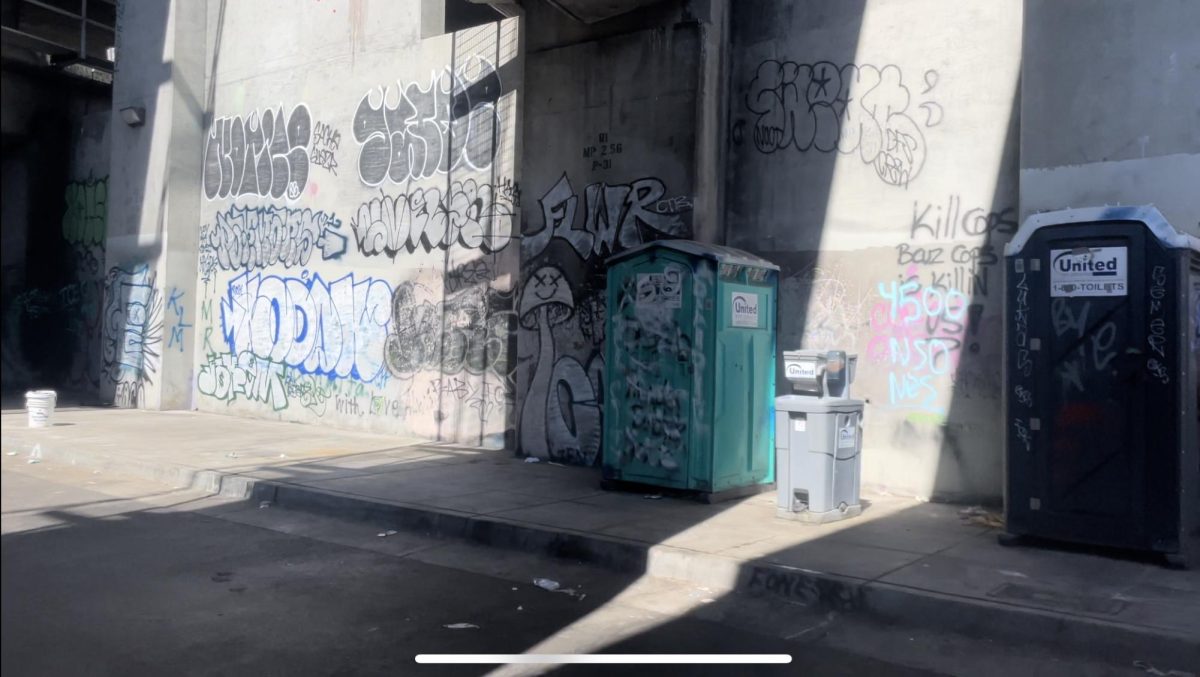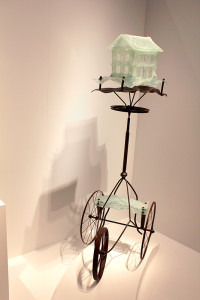
Lines and Pacific Currents” exemplifies living where earthquakes are so common.
“Playing with Fire” is the glass exhibit taking over the Oakland Museum of California in a celebration honoring 50 years of the Studio Glass Movement, emphasizing the evolution of the glass form and the different techniques used in the Bay Area.
Designed by Ted Cohen, “Playing with Fire” highlights California and the Bay Area’s influence in the Studio Glass Movement. Visitors have had a lot of interest in this particular exhibition, as it gives the community a chance to support local artists and experience the impact that the Bay Area has had on the movement, according to the museum.
The museum features one-of-a-kind works and showcases how the art of glass making has dramatically evolved over the years, with an emphasis on artists in the Bay Area.
The art of glass making originally started on the East Coast in the 1800s and slowly migrated to California. Robert Fritz, who is known as a founder of the Bay Area Glass Movement, began creating pieces in the 1960s, which inspired other artists to get into the medium of glass making as well.
For artists, fire plays an essential role in glass making. Whether the artist is using a torch flame or the glass blowing technique, the heat from fire allows the glass to be shaped into practically anything, hence the exhibit’s name, “Playing with Fire.”
Twenty two artists make up the museums exhibit including works from pioneer California glass experts; Richard Marquis, Jay Musler, Randy Strong, and Mary White. In addition to these pioneers of the art form, the exhibit also showcases the next generation of California glass artists like Oben Abright and Jaime Guerrero.
The artists featured in this exhibit are primarily from the Bay Area and the museum includes programs where various artists get to speak about their work. The artists vary in age, as some are just finishing their education, others have been a part of the movement for years.
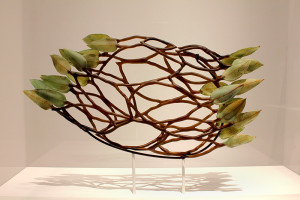
by Kathleen Elliot
The serene exhibit, which is on display until March 24, showcases a variety of glass making talent and techniques.
Although glass is the material of choice, many artists from the movement have made their pieces more industrial, adding outside materials. “Jacob’s Ladder” by Bella Feldman uses both glass and steel to create a thirteen-foot piece for the exhibit.
Artist Jamie Guerro’s piece, “Charros y sus Caballos; A Budget of Paradoxes” tells the story of her heritage and childhood. Guerro’s manipulation of glass, steel and paper mache allowed her to carefully craft three clear horses heads draped in colorful Spanish flowers.
“This is beautiful, the light and colors are lovely,” claims Eric Larson, a long time member of the museum, while reflecting on Guerro’s piece. “I don’t know much about the glass art movement [but] it’s amazing what they can do with the cast lit glass.”
One of the crowd favorites in the exhibition, according to Marketing Coordinator Claudia Leung, has not only glass but video as well.
The multi-media piece “Projections in Tun Yee” was sculpted based off a monk Oben Abright, the artist, met in Burma. Abright, who is based in Emeryville, envisioned the video as a montage representing the experiences of the Burmese people and the violence they have endured for decades.
At 1 p.m. every Sunday, Docent-led tours are offered of the exhibit to further explain the story behind the Studio Glass Movement and artwork.
“With ‘Playing with Fire,’ we organized the show roughly by process; blown pieces are together, as are cast pieces, and kiln worked pieces,” said Julie Muniz, museum curator.
The hope is that by putting all these pieces on display patrons of the museum will get a sense of the history of the entire movement.
“I very much wanted to have the younger artists paired next to pieces by older masters using the same process,” explained Muniz. “This helps to show how the craft has evolved over 50 years.”





